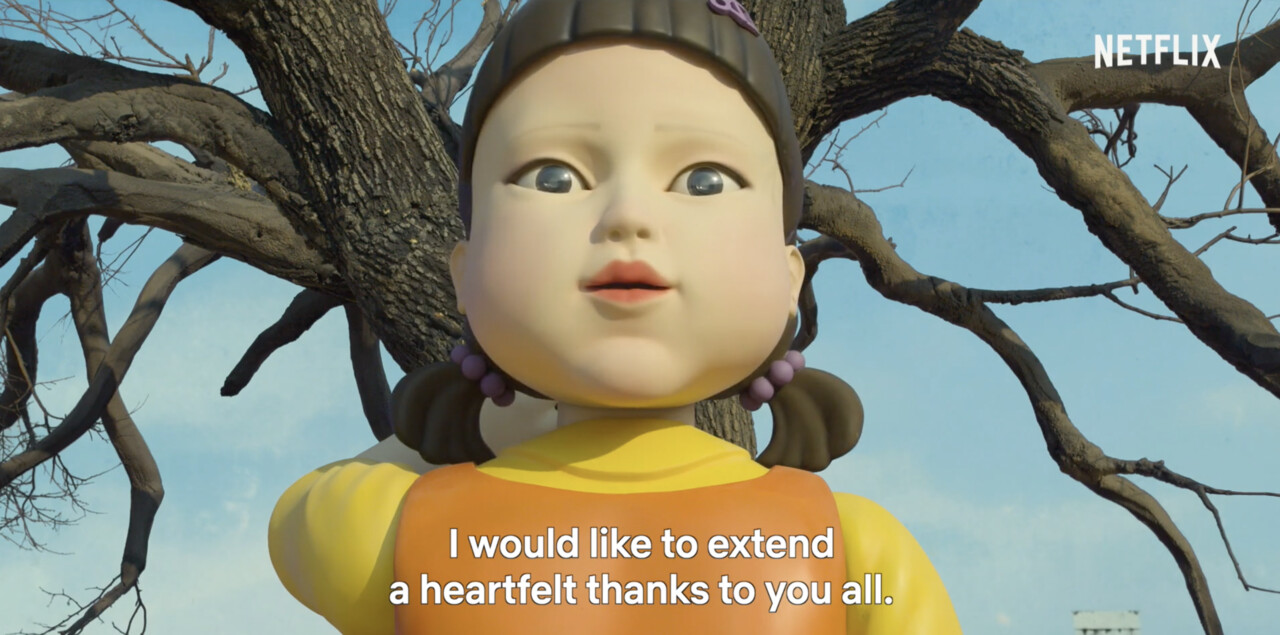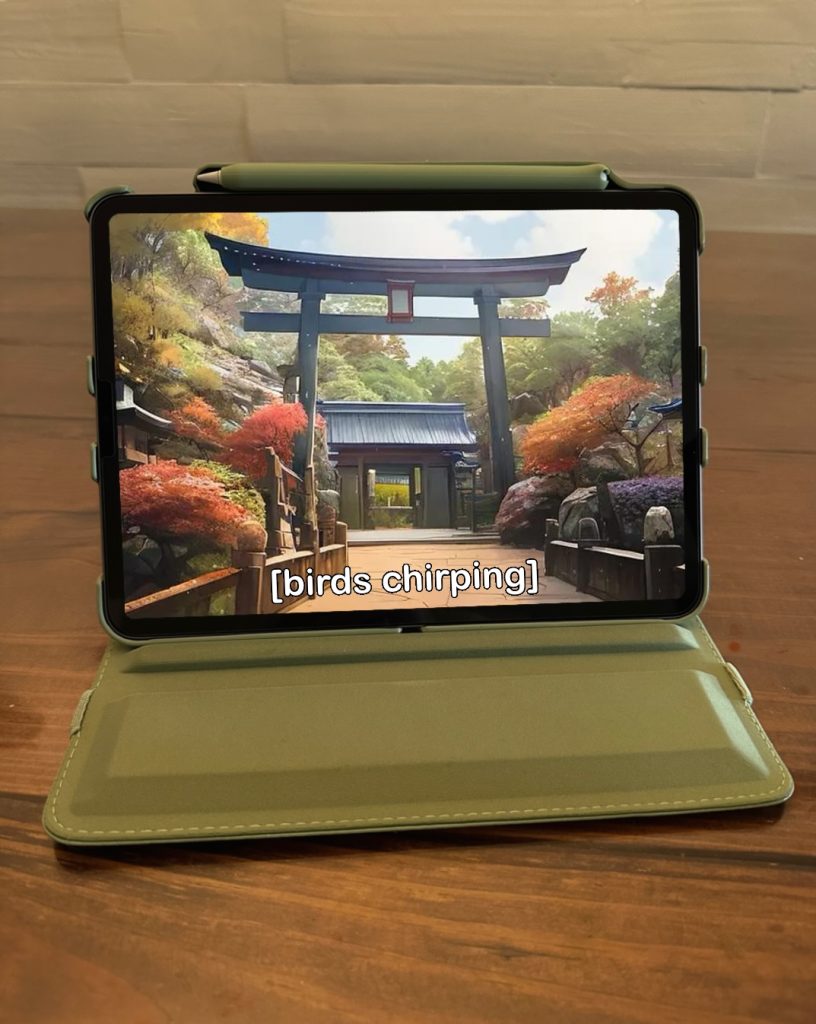Illustration by team illustrator Sakura Siegel.
Each generation has consumed TV shows in a different way, whether it be through a traditional network, cable or streaming.
But the younger generations is bringing a new change to watching movies and television shows. Subtitles are now becoming the new default method of consuming content, which may be impacting the types of programming that viewers are choosing to watch.
Promoting Inclusivity
According to a 2023 YouGov survey, 53% of Americans prefer to watch television without subtitles. However, when broken down by age the results show that 63% of viewers under the age of thirty prefer to watch shows with subtitles on.
As for why people use them, the most common answer is that it improves their comprehension of the program, which was a statement shared by animation fan and lifelong Jersey City resident Matthew Russell.
“I have ADHD, and actually being able to read the dialog really helps me get locked into the show I am watching,” he told Slice of Culture.
According to a study from the early 2010s, subtitles helped ADHD learners retain information, citing “perhaps the use of subtitles gave additional support to these learners.”
Subtitles were first introduced to Hollywood in 1958 after then-President Dwight D. Eisenhower signed Public Law 85-905. This law allowed the creation of the Captioned Films for the Deaf Program, which provided subtitled Hollywood films for deaf or hard-hearing people (DHH).
Today, more than 1.5 billion people, or 20%, of the world’s population suffers from hearing loss. More than 100 studies show that captioning improves comprehensions and provides DHH accessibility to content.
Captions/subtitles began appearing on TV shows in the 1970s, and it has continuously evolved since then. DHH people have been recently portrayed in popular shows like Sam and Henry, who are siblings and use sign language in a post-apocalyptic world, in “The Last of Us” and Yuki Itose, a deaf college student, in anime “A Sign Of Affection.” Top-rated film “A Quiet Place” was also praised for its ASL representation as 95% of the movie was silent and had subtitles on the screen.
As a result of fueling inclusivity, subtitles have also opened doors for viewers to watch content in their non-native languages.
Increasing Exposure For International Content
Longtime Jersey City resident Buchanan Nyachuba has been reading subtitles since he was young, as he was an avid anime fan, but he did not use them when watching English language content. However, now it is something he uses universally.
“About six years ago, I started watching everything with subtitles,” said Nyachuba. “I realized it made it much easier for me to understand what was going on.”
Anime fan and Bayonne resident Daijon Webb shared this opinion.
“Having watched so many shows in a foreign language, I’ve grown accustomed to the subtitles just being on when watching English programs,” he said. I’ve watched some English programs with subtitles just to make sure I don’t miss anything crucial.”
Another very important trend has coincided with the increased use of captions, and that is exponential growth in international content viewership.
The Netflix series “Narcos,” which premiered in 2015, was one of the first non-English language Netflix series to explode into the mainstream.
However, in more recent years it has been content from East Asia to have the biggest demand.
Viewership numbers for South Korean content went up by 200% between 2019 and 2021. This can be seen with the popularity of films such as “Parasite” or the explosive success of the Netflix produced series “Squid Game.”

Other notable projects include the Indian film “RRR,” which became one of Netflix’s most watched films in 2022, or “Dal Y Mellt,” the first Netflix production to be produced entirely in the Welsh language.
“I really feel like captions really help me open up to watching content in other languages because I am already used to reading them for any other show I watch,” said Russell. “They even help when watching English shows where actors may have an accent.”
“Getting used to subtitles has got me to recently watch some shows in Korean, including a cooking show,” added television fan and Union City resident Cynthia Tavard.
“It depends on what it is, but some shows can go too fast, especially if it is something like a drama with a more complex plot,“ she said. “I used to find subtitles distracting, but now I feel like it really helps me understand the story line better.”
Nyachuba also noticed the increased use of subtitles in the anime community around 2016.
“The people I knew were only privy to shows like ‘Naruto’ and ‘Dragon Ball,’ and then anime got much more mainstream. Now every other person you see is not just getting into anime, but the original Japanese language version.”
This rise in international content viewership is likely only going to continue.
Streaming services and distributors see the demand, and are investing hefty sums of money to meet it. In 2023, Netflix made a four-year investment plan of $2.5 billion for Korean content alone, and they plan on increasing their international content output as a whole in the years to come.
While, the use of subtitles may just seem like a small change to the way people enjoy content, it may be having a major effect on other cultures getting representation in media.”












